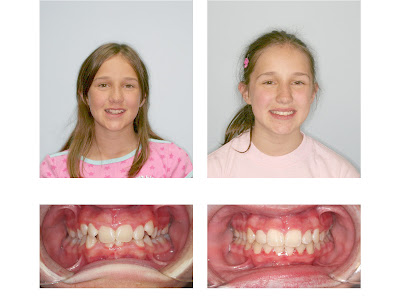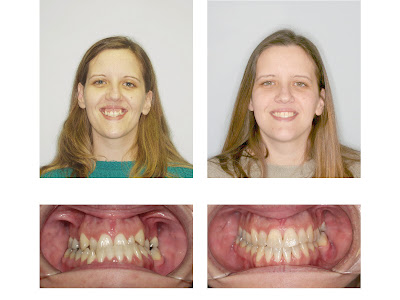 You just got braces and the orthodontist has informed you that over the next several months you will want to avoid eating anything sticky, hard, crunchy, or chewy. What does this leave for you to eat? Lettuce? Nothing?
You just got braces and the orthodontist has informed you that over the next several months you will want to avoid eating anything sticky, hard, crunchy, or chewy. What does this leave for you to eat? Lettuce? Nothing?Luckily, there was someone else wondering the same thing when she first got braces! Brenda Waterman, 13, decided she was going to find a way to have her cake and eat it too, so she created a variety of “braces-friendly” recipes that allow you to enjoy your favorite treats without interfering with your orthodontic care! Her cookbook, “The Braces Cookbook: Recipes you (and your Orthodontist) will Love,” gives patients a variety of delicious recipes, safe to eat with braces; plus additional tips and advice for packing lunches, what to eat at parties, and braces-friendly restaurant dishes! There’s even a section with tips for dealing with the soreness that can occur when your braces or appliance are adjusted. Enjoy the foods you love – even with braces!
Here is a delicious, sneak peek recipe from “The Braces Cookbook:”
Wonderful Waffles
Forget the recipe that came with your waffle iron – this recipe will redefine fluffy, melt-in-your-mouth goodness. The secret to delicious waffles is letting the batter "sit" for five minutes before pouring into the waffle iron. Top cooked waffles with syrup, jam, fresh fruit or even whip cream. Makes about 5 servings!
Preheat your waffle iron according to the directions. You may want to lightly spray it with vegetable oil before heating.
• 3 cups flour
• 2 Tbl + 2 tsp baking powder
• 1 tsp salt
• 2 Tbl sugar
• 4 cups milk
• 4 eggs
• 1/2 cup vegetable oil
In a large bowl, whisk (or use electric mixer on low) together all ingredients. Let batter sit for about five minutes to activate the baking powder.
When waffle iron is ready, pour about 1/3 cup of batter onto each of the four squares (experiment with your iron – you don't want the batter overflowing). Gently close the cover and set your timer as the manufacturer suggests. Do not lift the cover while they bake. When done, carefully lift one edge with a flat spatula and pull the waffle away from the iron. Keep waffles warm on a plate under a clean dishtowel while the others bake.





















